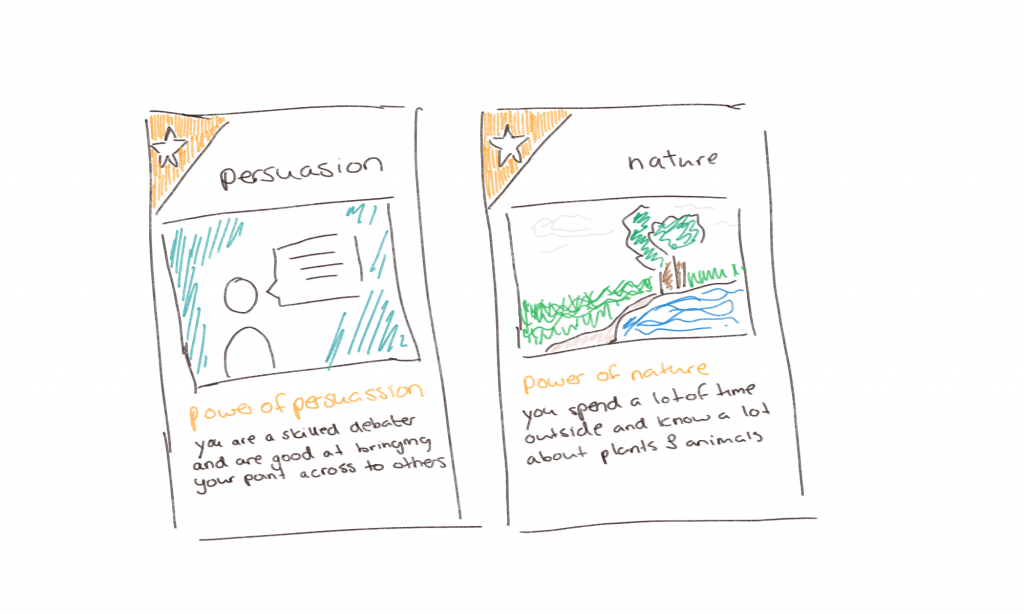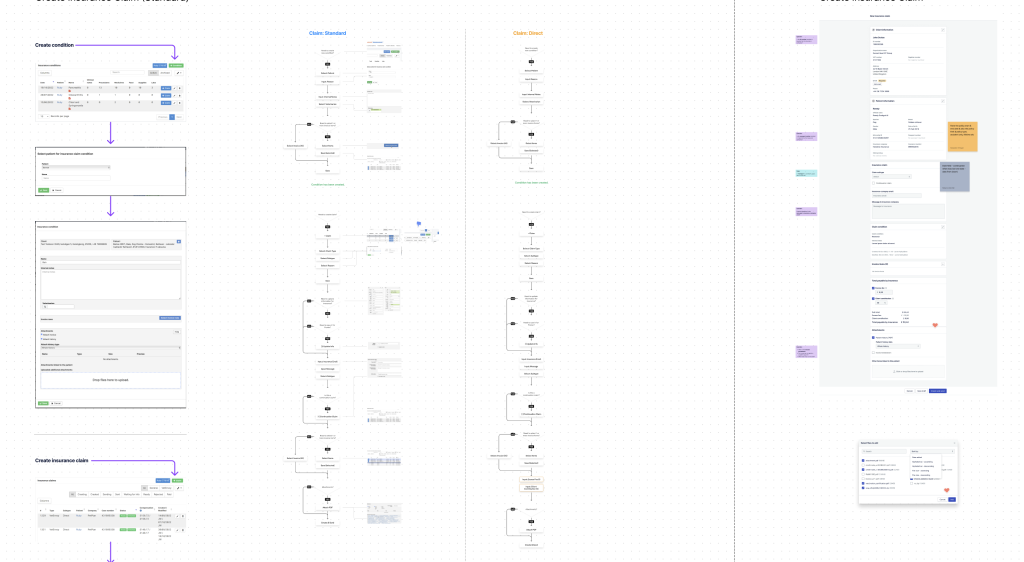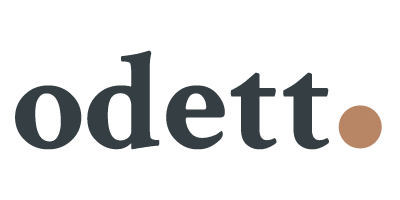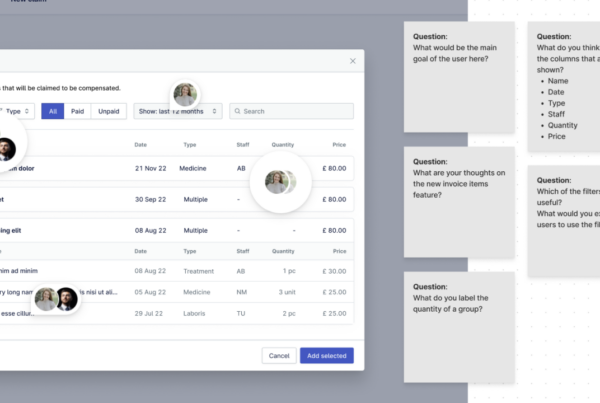Earlier I wrote an article on the difference between product UX research and game user research. Besides questions about this, I also received many about the difference between ux research and educational research. This article dives into those differences, but also where they overlap.
Introduction
The landscape of UX research is diverse, we perform UX research in a variety of industries. Healthcare, games, sustainability practices, animal care, really anything where a product with users pops up. But each of these fields also works with a different set of methodologies, tools, and objectives. Among the many types of UX research, educational research and product ux research stand out for their impact in enhancing learning experiences and refining the design of (often) digital products.
An overview of educational and product ux research
Educational research primarily focuses on understanding and improving learning processes. It encompasses a range of topics, from curriculum development to teaching methods and learning outcomes. This type of research employs various methods like qualitative interviews, quantitative assessments, and longitudinal studies to gather insights that can enhance educational practices and policies.
In comparison, product UX research aims to understand user behaviors, needs, and motivations in the context of digital products like websites, apps, and software. It utilizes techniques such as usability testing, surveys, and analytics to guide the design and development of user-centric digital solutions.
Comparative exploration: educational research vs product UX research
Similarities
There is a reason that many academics transfer from education to the field of UX research and that is because there is lot’s of overlap between the two, such as:
1. User-Centered Focus
- Educational Research: Centers on enhancing the learning experience, understanding students’ needs, motivations, and challenges, and how these influence educational outcomes.
- Product UX Research: Also prioritizes understanding the user, focusing on how people interact with products, their needs and pain points, and how these insights can improve product design.
- Common Ground: Both fields emphasize a deep understanding of their respective audiences (students or product users) to create solutions that are tailored and responsive to their specific needs.
2. Data-Driven Decision Making
- Educational Research: Utilizes data from assessments, surveys, and studies to inform educational strategies and policies.
- Product UX Research: Relies on data from user testing, analytics, and market research to guide product development decisions.
- Shared Approach: Both rely on empirical data to back their decisions, ensuring that changes or innovations are grounded in actual user or learner feedback and behaviors.
3. Iterative Process
- Educational Research: Involves continuous assessment and refinement of educational methods and materials based on ongoing research findings.
- Product UX Research: Follows a similar iterative cycle of designing, testing, and refining products based on user feedback and testing results.
- Overlap: Both fields embrace an iterative approach, recognizing that continuous improvement is key to meeting the evolving needs of learners and users.
4. Ethical Considerations and User Welfare
- Educational Research: Must consider the ethical implications of research on students, ensuring that research practices do not adversely affect their well-being or learning.
- Product UX Research: Also focuses on ethical considerations, ensuring user data privacy and that product design does not harm user welfare.
- Common Ethical Framework: Both fields are guided by ethical standards that prioritize the safety, privacy, and well-being of their respective participants, whether they are students or users.
5. Cross-disciplinary Nature
- Educational Research: Often intersects with psychology, sociology, and neuroscience, to understand the multifaceted nature of learning and education.
- Product UX Research: Combines insights from psychology, design, technology, and business to create user-centric products.
- Shared Interdisciplinary Approach: Both fields benefit from a holistic, interdisciplinary perspective, integrating diverse insights to address complex problems in education and product design.
6. Influence of Technology
- Educational Research: Explores how technology can enhance learning, including the use of digital tools in classrooms and online learning platforms.
- Product UX Research: Focuses on the design and usability of digital products, which are increasingly integral to everyday life.
- Technological Integration: Both fields are increasingly influenced by technological advancements, necessitating ongoing research to understand how digital innovations can enhance learning and user experiences.
Differences
But there is also a reason why academics struggle in the field as ux researcher and that is because there are also fundamental differences between the two types of research:
1. Primary Goals and Objectives
- Educational Research:
- Aimed at understanding and improving the educational process, focusing on learner development, curriculum effectiveness, teaching methodologies, and educational policies.
- Often oriented towards long-term impacts on the educational system and societal educational standards.
- Product UX Research:
- Centers on enhancing the user experience of a product, which includes improving usability, accessibility, and overall satisfaction.
- Typically focuses on immediate product-related goals like increasing user engagement, conversion rates, and customer loyalty.
2. Methodologies and Tools
- Educational Research:
- Employs a diverse range of methods including developmental research, pedagogical studies, and policy analysis.
- Tools and techniques might include educational assessments, in-depth interviews with educators and learners, and classroom or institutional case studies. Some other research methods used by education are:
- Ethnographic Studies: Used to understand the cultural and social dynamics within educational settings.
- Longitudinal Research: Tracks changes and developments over time, often used to assess the impact of educational policies or programs.
- Experimental Designs: Employed to test the effectiveness of teaching methods or educational interventions in controlled settings.
- Qualitative Methods: Including in-depth interviews and classroom observations, to gain rich, detailed insights into student and teacher experiences.
- Product UX Research:
- Uses methodologies like data analytics, user persona creation, and customer journey mapping. Some other methods used in product UX research are:
- Ethnographic Studies: Used to gain deep insights into user behaviors and contexts in their natural settings, particularly useful for understanding user needs and challenges.
- Usability Testing: Focuses on how easy and intuitive a product is for users, often involving tasks and scenarios for users to complete.
- User Interviews and Surveys: To gather direct feedback and insights from users about their experiences with a product.
- A/B Testing: Employed to test different versions of a product feature to determine which performs better in terms of user engagement and satisfaction.
- Uses methodologies like data analytics, user persona creation, and customer journey mapping. Some other methods used in product UX research are:
3. Stakeholders and Audience
- Educational Research:
- Involves stakeholders such as students, educators, school administrators, and policymakers, focusing on broad educational outcomes.
- The audience is typically the entire educational ecosystem, impacting how education is delivered and received at various levels.
- Product UX Research:
- Works closely with product teams including designers, developers, and product managers (PMs) to ensure that insights are effectively integrated into product development.
- This close collaboration ensures that research findings directly inform design decisions, feature development, and overall product strategy.
- The audience is more specific, usually centered around the end-users of a particular product and the product team working on it.
4. Scope of Impact
- Educational Research:
- Has a broader impact, potentially influencing educational practices, policies, and standards at a systemic level.
- Can affect a wide range of educational stakeholders and have long-term societal implications.
- Product UX Research:
- The impact is more immediate and specific to the product. Research findings are rapidly implemented into product design and functionality, often in iterative cycles.
- Close collaboration with product teams ensures that UX research directly influences product improvements, aligning with business goals and enhancing user satisfaction.
- This collaboration is crucial for translating user insights into tangible product enhancements, ensuring that the product remains user-centric and competitive in the market.
5. Research Duration and Timeline
- Educational Research:
- Often involves extended studies that may span months to years. This is particularly true for research that aims to track educational outcomes over time or assess the impact of significant policy changes or curriculum implementations.
- Due to the complexity of educational systems and the multitude of factors influencing learning, educational research requires a thorough, longitudinal approach to capture the full scope of its impact.
- Often, educational research is synchronized with academic calendars, which means it may have specific start and end points aligning with school semesters or academic years.
- Product UX Research:
- In contrast, product UX research typically involves shorter, more agile cycles. These can range from days to a few months, allowing for quick responses to market changes and user feedback.
- UX research is closely tied to the product development lifecycle. It needs to align with design sprints, development phases, and market launch schedules, necessitating a more rapid turnaround of research findings.
- There is a constant iteration of testing, feedback, and redesign in product UX research. This fast-paced environment is crucial for keeping up with technological advancements and evolving user expectations.
6. Theoretical vs. Practical Orientation
- Educational Research:
- Tends to have a strong theoretical component, contributing to the body of knowledge about learning theories, educational psychology, and pedagogy.
- Product UX Research:
- Generally more practically oriented, focusing on tangible outcomes like product improvements, user interface design, and customer satisfaction metrics.
Educational Research Case Study: Enhancing Social Skills and Talent Development in Autistic Students
When I worked in higher education I was responsible for a bunch of research projects. One of them was a tabletop RPG to improve the social skills of autistic learners. This has been one of my all time favourite projects as it is so close to my heart, being autistic and a massive d&d fan.
This research aimed to improve the social skills of autistic students in their first year of higher education, with a focus on talent development and student well-being. The primary goal was to approach autistic students from a perspective of strength, recognizing their talents rather than focusing on their weaknesses.
Research Methods
- Literature Research: Involved an in-depth study of educational methods successful for autistic learners.
- Co-creation with Autistic Students: Engaged autistic students directly in the development of components for the game designed to enhance their social skills.
- Walkthrough Testing with Teachers: Teachers were involved in the usability testing of the game, ensuring they could effectively guide students through it via the method developed to enhance coaching and feedback.

Participants and Setting
- Participants: Included both autistic students and teachers. Students contributed their lived experiences, while teachers participated in the usability testing of the game.
- Setting: The research was conducted in a higher education institution in the Netherlands, specifically within a game design study program known for its diverse student body, including many international and neurodivergent students.
Key Findings and Outcomes
- Strength-Based Learning: The research provided evidence that focusing on the strengths of autistic learners significantly aids in talent development.
- Role-Playing Games: Identified as an ideal medium for autistic students to learn and gain confidence in a controlled and safe environment.
- Specific Coaching Methods: The study led to the development of a unique coaching and feedback method, S.A.F.E., designed to help teachers better guide autistic students in developing their talents.
Impact and Implementation
While no long-term studies have been conducted to assess the enduring impact of the game, the immediate contributions include a new approach to coaching autistic students and a better understanding of how role-playing games can be utilized in educational settings for neurodivergent learners.
Reflections and Learnings
This research highlighted the importance of strength-based approaches in education, especially for autistic learners. It demonstrated the potential of interactive and engaging learning tools, like role-playing games, to enhance student engagement and confidence. The development of the S.A.F.E. coaching method stands as a significant contribution to the field, offering a tailored approach to supporting autistic students in higher education.
Product UX Research Case Study: Streamlining Veterinary Insurance Claim Workflows in the UK
Research Project and Objectives
The project focused on developing a new workflow for filing insurance claims in veterinary practices in the UK. The primary goals were to identify market needs, understand user requirements, and develop guidelines to improve the current workflow.
Research Methods
- KWE Framework with Internal Specialists: Used to identify gaps in the current workflow.
- Literature Review: Conducted to understand the market needs and requirements better.
- Focus Group: Aimed at gaining insights into the specific in-clinic needs related to the insurance claim process.
- Stakeholder Walkthroughs: Employed to test potential new workflow ideas and determine what data was missing.

Participants and Context
- Participants: Included internal stakeholders, product specialists, users of the current workflow, and designers.
- Context: The research was integrated into the development process, involving key stakeholders to ensure the workflow met both user and business needs.
Key Findings and Insights
- Identifying Missing Components: Research revealed key components that were missing in the existing process necessary for properly filing insurance claims.
- Workflow-Experience Mismatch: It was found that the current workflow did not align with the actual experience in clinics for filing insurance claims.
- Outcome: These insights led to the creation of a workflow that incorporated necessary components, automated certain processes for efficiency, and aligned more closely with clinic experiences.
Impact on Product Development
- Collaborative Design Process: A newly designed workflow was developed in collaboration with designers, where mockups were created based on research insights. The process involved continuous back-and-forth discussions to refine the solution.
- Positive Testing Feedback: Although still in development, the redesigned workflow has received very positive responses during testing phases, indicating a successful alignment with user needs and market requirements.
Challenges and Learnings
- Insights into Process Gaps: One of the primary challenges was identifying the missing elements in the current workflow and understanding the disconnect between the workflow and clinic experiences.
- Collaboration Success: The project highlighted the effectiveness of close collaboration between researchers and designers in creating solutions that are both user-centric and feasible from a design perspective.
Integration of Educational and Product UX Research
Applying Educational Principles in UX Design
- Learning Styles and Accessibility: Insights about diverse learning styles from educational research can guide UX designers in creating more accessible and user-friendly products, especially in EdTech and EduGames.
- Gamification Elements: Utilizing gamification strategies, proven effective in educational settings, can enhance user engagement in product design.
Using UX Methodologies in Education
- User-Centric Educational Tools: UX techniques like user journey mapping can inform the development of educational materials, making them more tailored to student needs.
- Iterative Design in Education: Adopting the iterative testing and design process from UX can help in refining educational tools and programs based on student feedback in a quicker manner.
Methodological Exchange
- Ethnographic Studies: Sharing ethnographic methods can benefit both fields, whether it’s observing classroom interactions or studying how users interact with a product.
- Data-Driven Approaches: Both fields can learn from each other’s data collection and analysis techniques to inform decisions, be it for educational program improvements or digital product enhancements.
Collaborative Ventures
- Joint Projects: Initiatives that bring together experts from both fields can lead to innovative educational tools and consumer products.
- Cross-Disciplinary Training: Encouraging professionals to engage in training across both domains can foster a better understanding of different methods and approaches.
Conclusion
In summary, educational research and product UX research, while distinct in their focus and methods, share critical principles such as user-centered design and data-driven processes. By applying methodologies from one field to the other, we can enhance both educational tools and digital products. The key takeaway is the value of cross-disciplinary insights: understanding and integrating different research approaches leads to more effective and user-focused solutions. This approach is essential in our digitally evolving landscape, where the fusion of diverse research perspectives can drive innovation and practical improvements in both education and technology.
Photo by Towfiqu barbhuiya on Unsplash




